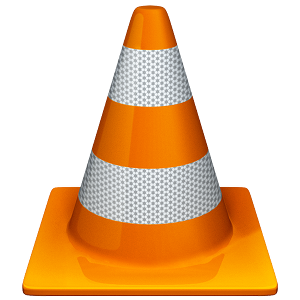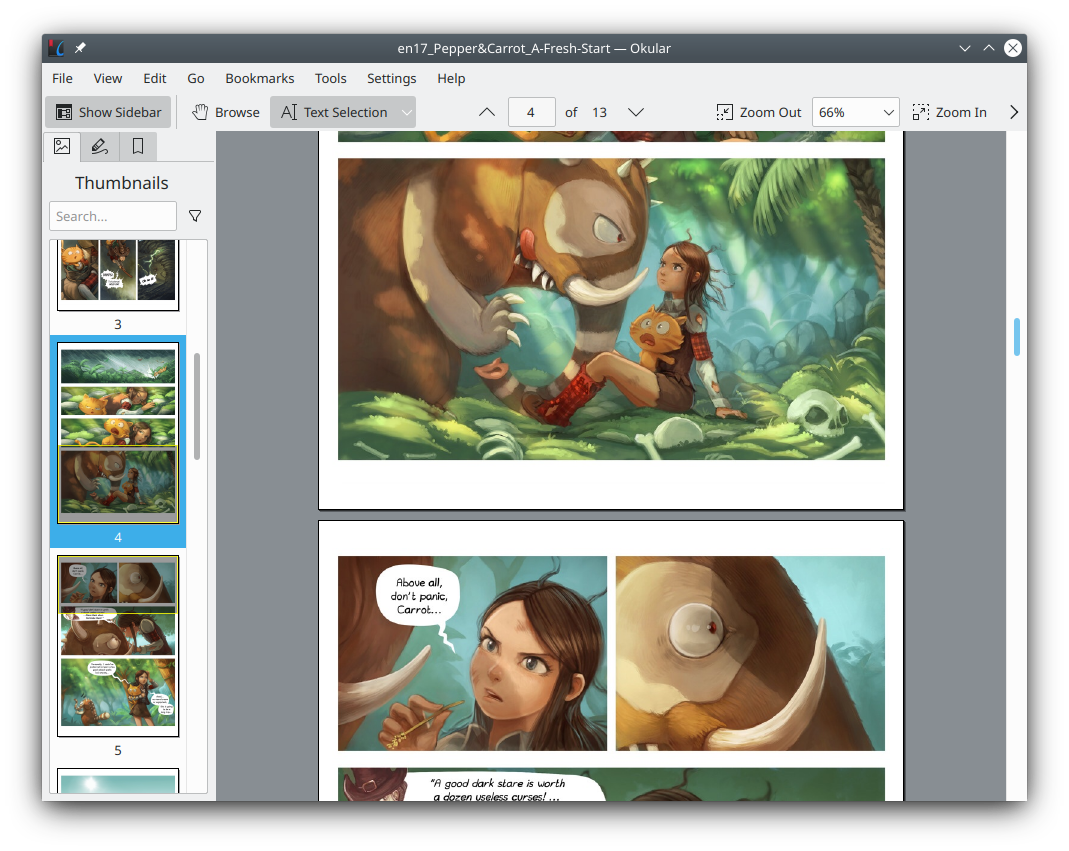My Exploration of Knowledge Taxonomy 2
During my primary school days, I had about eight courses to take. Chinese, mathematics, English, science and a course that roughly covers moral education, history, geography and current affairs. These five courses are called main courses and are courses that require written examinations. If I remember correctly, only Chinese and mathematics were examed in the first two years, and English classes and English exams were added in the third grade. Although the remaining two courses are learned from the first grade, the exams are not started until the third or fourth grade. In addition, there are art, music and physical education. These three courses do not have many examination requirements, so they are considered relatively minor.
In junior middle school, Chinese, mathematics and English are still retained. The science courses and the one in the humanities were replaced with a series of more specific courses. The first grade of junior middle school starts with biology, history, geography and politics, the second grade adds physics, and the third grade adds chemistry.
In the entrance examination from junior middle school senior middle school, these courses are subject to paper examinations. In addition, there are checks on the operation of science experiments and on computer operation ability. Art, music, art and physical education do not require special examinations, but there is a physical fitness test that accounts for a large proportion of the score. The main content of the physical fitness test is some track and field events. Since paper exams are the mainstream, most schools will ignore physical training and then start track and field training a few months before the exam regardless of personal physical condition. My first migraine attack occurred during this extremely exhausting track training session. Fortunately, after junior middle school, physical fitness tests are marginalized in the examination system.
The senior middle school curriculum basically corresponds to the junior middle school curriculum. But in the college entrance examination, you only need to take half of the subjects. If you choose science, you need to take physics, chemistry and biology. If you choose humanities, you need to take history, geography and politics. Everyone has to take Chinese, math and English exams, but math is much more difficult for science students. Of course, this was the situation I faced back then, and it is a lot different now.
In many exams, there are always people who will try to cheat. However, in entrance examinations, it is almost impossible for students to cheat on their own. In a quiz in the first grade of junior middle school, I originally planned to cheat to improve my score. I spent a lot of time in advance to compile and copy the knowledge points in the textbook on a piece of paper. The original plan was to sneak the piece of paper into the exam room. But on the way to the exam room I accidentally lost my cheat sheet. However, I found that I actually remembered most of the content on the cheat sheet. So I didn’t cheat that time and did well just by relying on memory. I gave up the idea of cheating after that. Because I know that the effect of my cheat sheets is not even as good as the systematic arrangement of knowledge points.
I began to organize the knowledge points of the courses as a hobby. At first it was just subjects such as history and geography that mainly relied on memory. Then there are maths, physics and languages. The various booklets I purchased that summarized knowledge points became important reference materials for me. They save me a lot of time for repetitive tasks and data retrieval.
In the process, I gradually came up with an idea. Just like the various disciplines of mathematics are summarized under one concept, I want to summarize all disciplines into one. This means I have to do two things. The first is to find commonalities between apparently different subjects like mathematics and Chinese. The second thing is to give a new division on the premise of such commonality. For example, the similarity between physics and chemistry is obviously greater than the similarity between physics and English, so I think it is inappropriate to treat physics, chemistry and English as equal subjects.
This idea, like the concept of ‘storing void’, drew me into exhausting speculation many times and remained unresolved throughout the whole middle school time.
For most of my peers, college meant freedom from the grind of exams. This does not mean that there is no need for exams in college or that there will be no exams after college, but it means that you start to have the right to choose. You are certainly not required to attend classes, as long as you are capable of passing the final exam.
Except for some boring student club activities, I spent most of my first two years of college reading introductions to various subject areas. Most of them have nothing to do with my major in college. The seeds of oneness and reclassification of knowledge that had been planted in the past began to sprout under the water of abundant time.
By chance, I read an introduction to mathematical logic in a dictionary about mathematics in the library. That dictionary calls mathematical logic the basis of mathematics. This gave me an interest in mathematical logic. Logic is an area that was not covered much in my previous education. Therefore, although I taught myself basic formal logic in college, mathematical logic was still difficult for me to learn. It was not until I completed my initial self-study of abstract algebra that I began to understand mathematical logic.
After that, I finally gave up on the “storage void” nonsense. I have a completely new perspective on what counts as mathematical knowledge: that which is deduced from a specific set of axioms by formal methods like mathematical logic. In this sense, geometry and arithmetic can indeed be counted as the same subject. When we add new assumptions that are treated as axioms to the axioms of mathematics, we get new disciplines. For example, adding some assumptions about classical mechanics is classical physics, and adding some assumptions about economic behavior is mathematical economic theory.
This may not seem like much to others, but to me at the time, I was ecstatic about this perspective. The problem that has troubled me for many years has finally been solved.
However, I quickly realized that my model was too simple and I still faced a lot of trouble when actually dealing with knowledge taxonomy problems. We will tell these stories next time.




